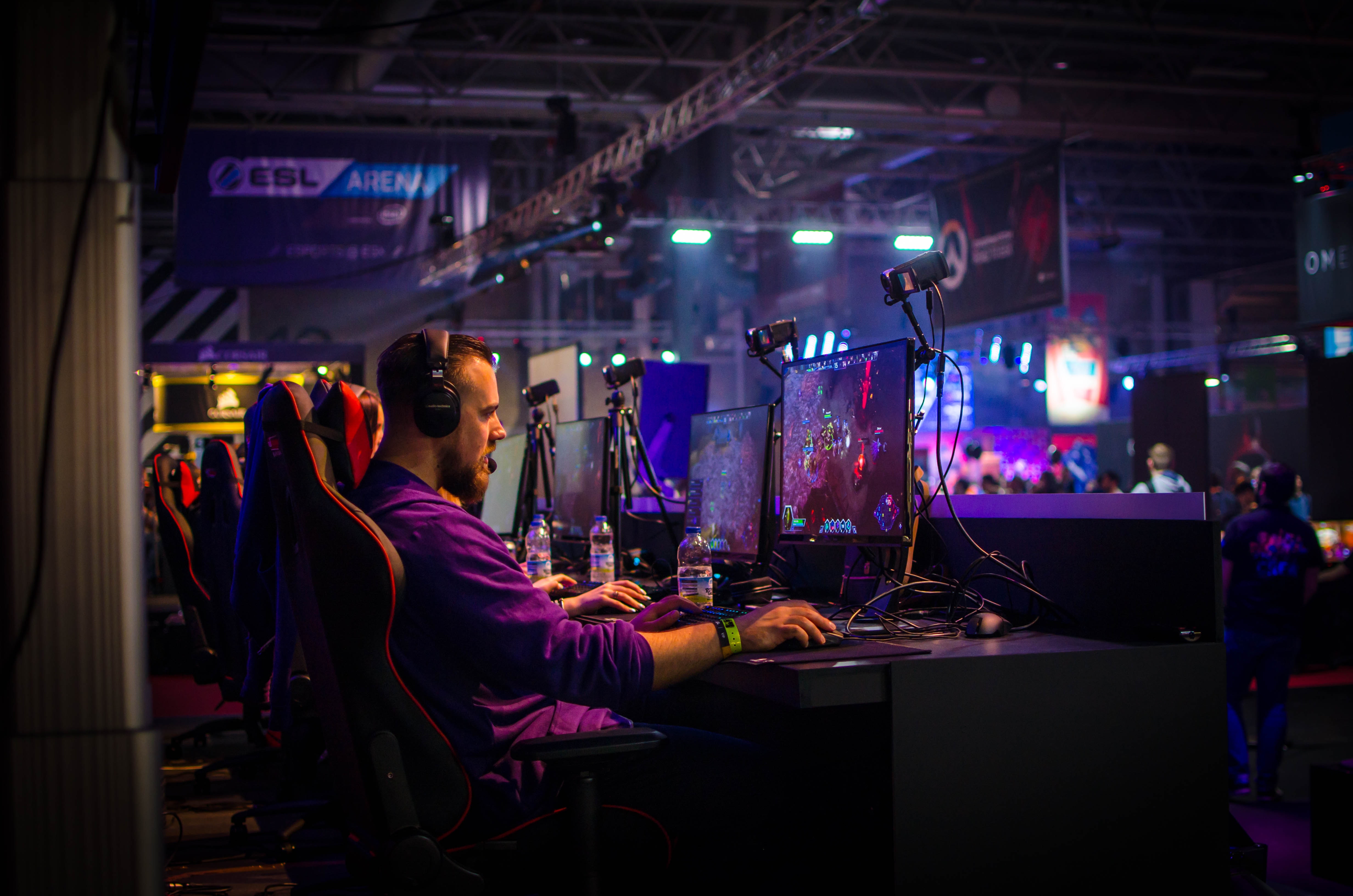The esports phenomenon continues to gain momentum, with business expected to reach over $1 billion in revenue this year and to triple over the next five years. Revenue sources in the esports market include published games, media rights, event ticket sales and merchandise, advertising and sponsorship.
With a global fan base of more than 450 million viewers and growing, this gaming revolution is as much a sport as football and basketball, as it likewise involves competing professional teams, fans, arenas, merchandising and live broadcasts. However, the esports viewing experience, which originally gained momentum online, is rapidly transitioning into one of the most popular live spectator events.
Large gaming companies have set their sights on bringing esports to the big stage—and perhaps even to the 2024 Summer Olympics. Live events hold the potential to create loyal fans, evoke word-of-mouth advertising and demonstrate the sheer scale of this sport to online viewers.
Many of the large live esports events so far have taken place in existing stadiums and arenas using a combination of rental and in-house AV to satisfy spectators and viewers. As well as creating opportunity for rental companies, this “stadium hopping” is driving venue owners to update and upgrade their existing display offerings to adhere to esports’ more sophisticated technological requirements.

Whether arenas, e-stadiums, additional university facilities, or converted hotel facilities, the number of dedicated verticals will continue to rise along with market growth—and will even go some way to fueling the popularity of the sport.
With many games now in the limelight, and multiple sports leagues per game, the longer-term trend offers increasing opportunity for dedicated esports venues. Individual esports teams are already building dedicated home stadiums—some with extraordinary large AV installations.
The Broadcast Element
Attracted by the amount of potential revenue available in esports advertisement, traditional and mainstream content providers in the UK such as Sky, with its dedicated esports channel Ginx Esports, and the BBC, which aired six weeks of esports last year, are entering the esports market. This interest by major broadcasters further raises the profile of the events, setting a course for even larger productions and more impactful AV installations.
When 100 million people are watching an event—that was the viewership of the 2018 Mid-Season Invitational Final for League of Legends—AV installations must make the desired impact, attracting people to the live event, of course, but more importantly raising the standing of the sport as well as the individual games. This all comes with the aim to further generate value from the main revenue stream of online advertising and sponsorship.
Display Technology Requirements
Some requirements have already been implied per application traits, such as the broadcast component. The broadcast trait gives LED display the upper hand in some instances, as this is typically the preferred technology in high-value productions. However, whatever display is used, one of the most important criteria is the limitation of image artifacts visible on camera (increased frame rate, etc.).
Another consideration is the staging dynamic, with esports events being more like concerts than football matches in many cases. In fact, there have been many instances of live performances from musicians and other performances preceding a tournament, as an opening ceremony of sorts. These opening ceremonies also occasionally involve tremendous AV demonstrations, including large-scale projection mapping, the use of LED floors, stage lighting and more.
Want more stories like this? Subscribe to our newsletter and get it delivered right to your inbox.
University Esports
Many universities around the world now have established esports teams that play a wide range of competitive games. However, what is most remarkable is the high production value of the university tournaments, and the speed at which esports is beginning to resemble many other university league sports.
Particularly in the United States, college esports are showing early signs of becoming a lot like other college sports. Although budgets are somewhat lower, the viewing spaces required for college esports are similar to those seen in independent league matches, with large LED screens in place to satisfy the live spectators and the online viewers. Colleges and universities are deploying the technology in the hopes of increasing the popularity of the sport, which benefits them as well as fans and competitors. Benefits would come to the institutions in terms of appearing more technologically advanced and being able to attract tech-savvy gamers and students.
Full Sail University has entered the esports market in a big way, announcing it is building a $6 million esports arena on its campus. The 11,200 sq. ft. facility is described by Full Sail as the largest esports arena on any college or university campus in the United States. Full Sail may not be the first university to invest into a sports arena, but the scale of the investment will have AV installers ready to pounce on the opportunity to fit these arenas. More universities will no doubt follow suit with similar cash investments, which will present a growing revenue stream for AV equipment manufacturers and installers worldwide.
